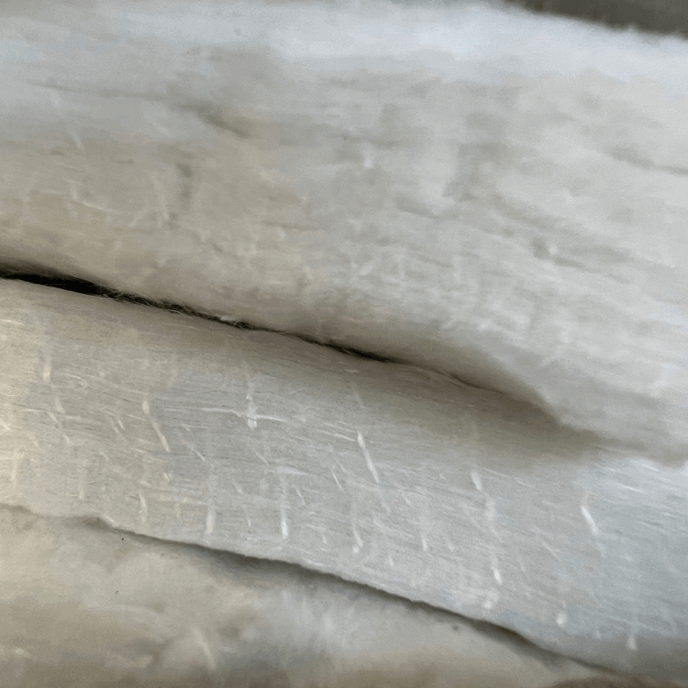Wondering how long after plastering you can paint your walls? Don’t risk ruining your fresh plaster with these expert timing insights.
Achieving a flawless painted finish on newly plastered walls requires patience and proper timing. As professional plasterers serving Kent and the surrounding areas, we understand the importance of getting this crucial step right. Let’s explore exactly when you can start painting and how to ensure perfect results.
Understanding the Plastering and Drying Process
The drying process of fresh plaster is more complex than many realise. When plaster is first applied, it contains significant moisture content that must evaporate completely before painting can begin. During drying, plaster typically appears darker in colour and gradually lightens as moisture evaporates. This process, known as curing, is crucial for the plaster’s structural integrity and its ability to bond properly with paint. Rushing this process can lead to serious issues like paint peeling, bubbling, or even structural damage to the plaster itself.
Key Factors That Affect Plaster Drying Time
Several environmental and technical factors influence how quickly your plaster will dry:
- Humidity Levels: Higher humidity significantly extends drying time
- Temperature: Optimal drying occurs between 15-20°C
- Ventilation: Good airflow accelerates moisture evaporation
- Plaster Thickness: Thicker applications require longer drying periods
- Time of Year: Summer conditions generally allow faster drying than winter
- Building Material: The substrate material can affect moisture absorption
Different Types of Plaster and Their Drying Times
Each type of plaster has its own specific drying requirements:
- Skim Coat: 3-4 days minimum in ideal conditions
- Traditional Gypsum Plaster: 5-7 days typically required
- Lime Plaster: Up to 14 days or more for complete curing
- Backing Plaster: 7-10 days before applying finish coats
How to Tell When Plaster is Ready for Painting
There are several reliable indicators that your plaster has dried sufficiently:
- The surface should be uniformly light in colour with no darker patches
- When touched, the plaster should feel completely dry and not cool to the touch
- No visible moisture marks or damp spots should be present
- The surface should have a consistent texture throughout
Best Practices for Optimal Drying
To ensure your plaster dries effectively and efficiently, follow these professional guidelines:
Maintain consistent ventilation by keeping windows open when possible and using fans to circulate air gently. Avoid direct heat sources or aggressive airflow, as these can cause uneven drying and cracking. Consider using dehumidifiers in damp conditions, but place them carefully to ensure even moisture removal across the surface. Maintain room temperature between 15-20°C for optimal results.
Preparing Your Plaster for Painting
Once your plaster has dried completely, proper preparation is essential for a professional finish:
- Lightly sand any minor imperfections using fine-grade sandpaper
- Remove all dust with a soft brush or vacuum
- Apply a mist coat (watered-down emulsion) as your first layer
- Allow the mist coat to dry completely before applying final paint coats
- Use high-quality primers designed for new plaster if specified
Common Mistakes to Avoid
Being aware of potential pitfalls can save time and money:
- Painting too soon before plaster is fully dry
- Using excessive heat to speed up drying
- Skipping the mist coat stage
- Applying paint too thickly on first coats
- Using inappropriate paint types for new plaster
- Ignoring manufacturer’s drying time recommendations
Professional Tips for Perfect Results
As experienced plasterers in Kent, we recommend these expert tips for optimal results:
Always use a mist coat consisting of watered-down emulsion (70% paint to 30% water) as your first layer. This helps the paint bond properly with the plaster. Schedule plastering work during warmer months when possible to take advantage of better drying conditions. Consider using moisture meters to accurately gauge plaster moisture content before painting. Plan for adequate drying time in your project timeline to avoid rushing the process.
Making the Right Decision for Your Project
The key to successful plastering and painting lies in patience and proper preparation. While it may be tempting to rush the process, allowing adequate drying time is crucial for achieving a professional, long-lasting finish. We recommend allowing at least 5-7 days in optimal conditions, and potentially longer during winter months or in areas with high humidity. Remember, investing this time upfront will save you from costly repairs and repainting in the future. For specific advice about your project in Kent or surrounding areas, don’t hesitate to contact our experienced team at Kent Plasterers.
FAQ
Does plaster dry faster in heat or cold?
Temperature: Warmer air helps plaster dry faster. Cold weather can delay the process. Airflow: Good ventilation speeds up drying. Open windows and doors to boost air movement.
What happens if you don’t mist coat new plaster?
Skipping or incorrectly applying a mist coat can lead to peeling paint, uneven finishes, and a paint job that doesn’t last. In this guide, we’ll cover the biggest mist coat mistakes and how to avoid them for a flawless finish, with specialist wall paints for plaster and the topcoats to paint them with.
Sources
[1] https://lopcocontracting.com/how-long-should-plaster-cure-before-painting-it/
[2] https://www.youtube.com/watch?v=YhsNLH3zaMk
[3] https://www.angi.com/articles/how-long-does-plaster-take-to-dry.htm

